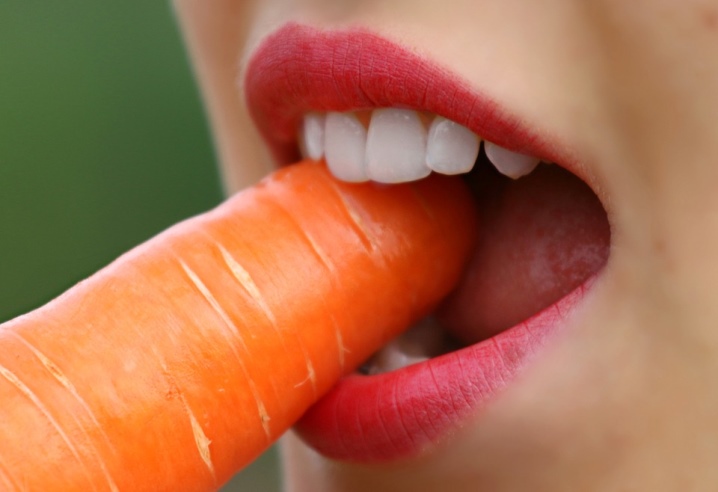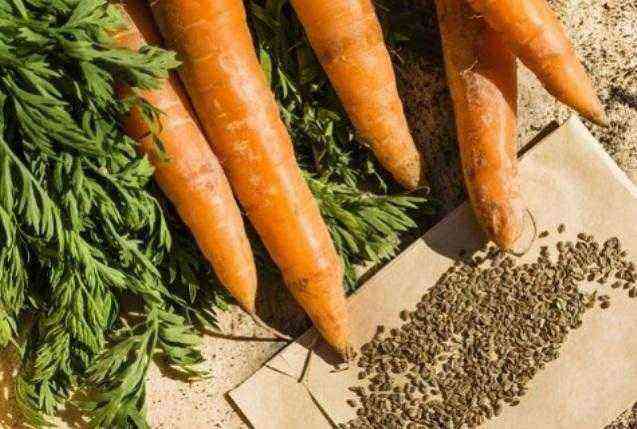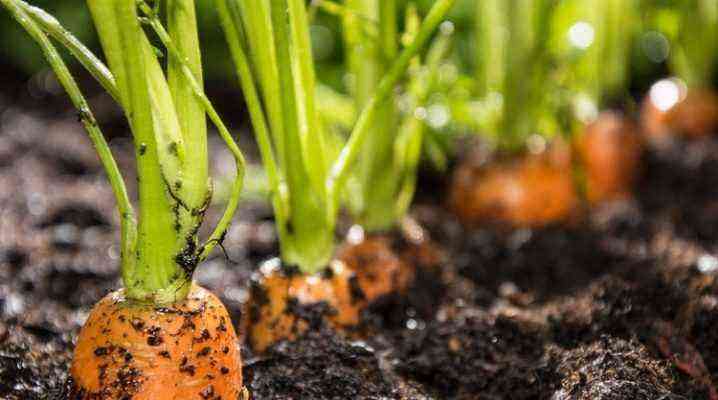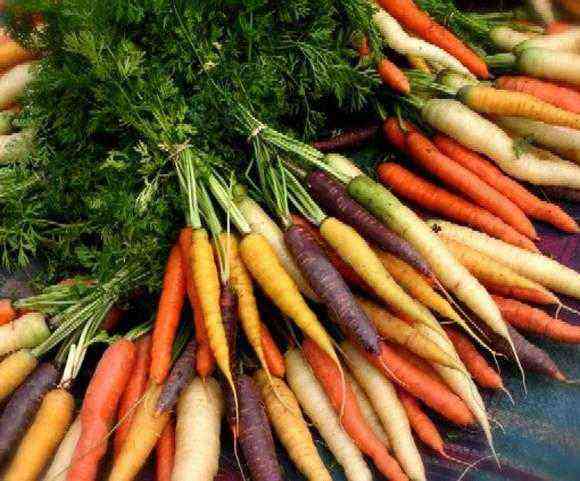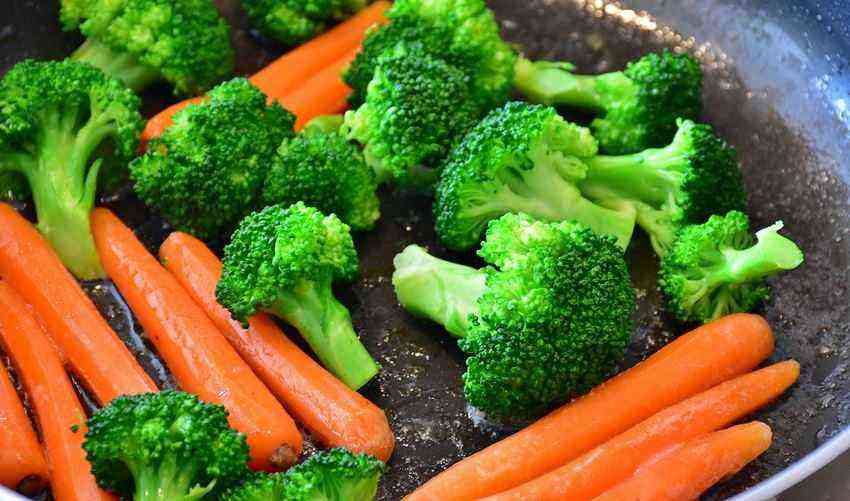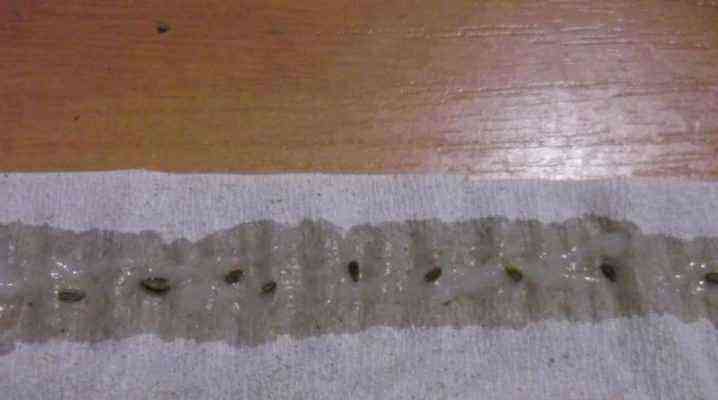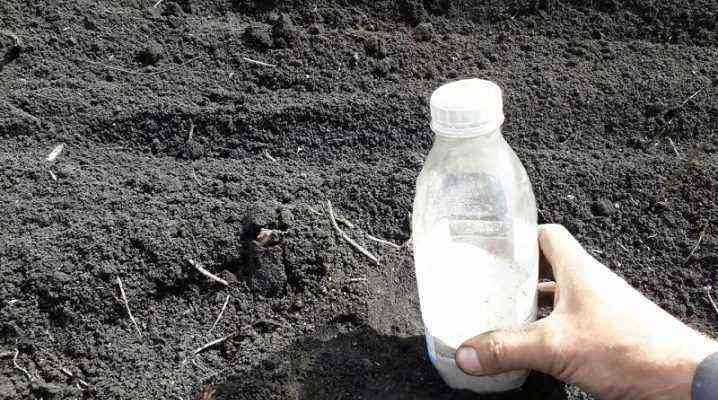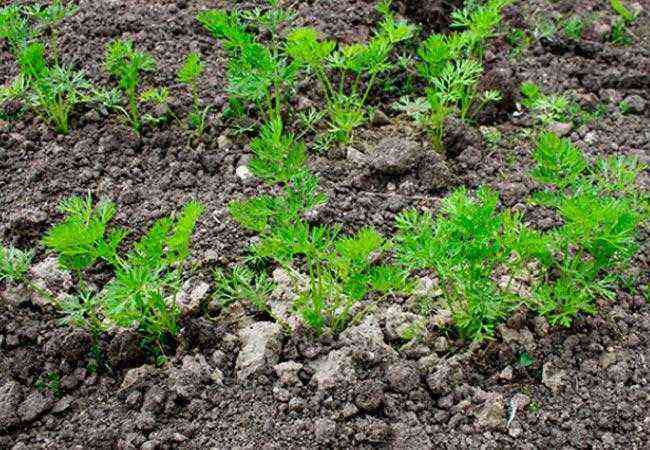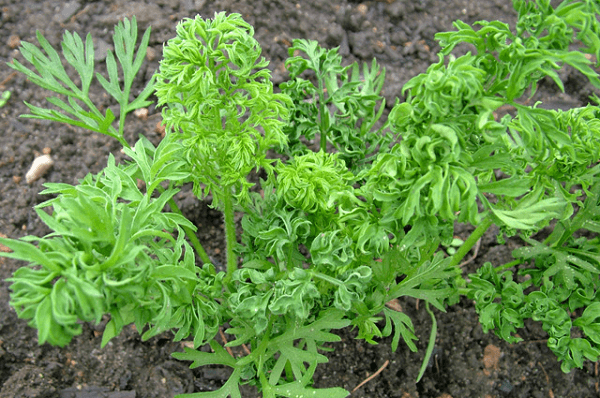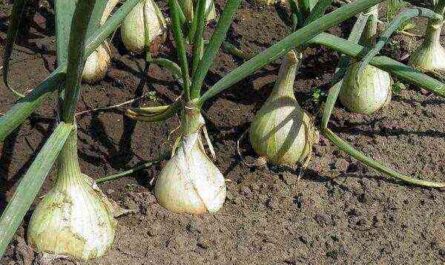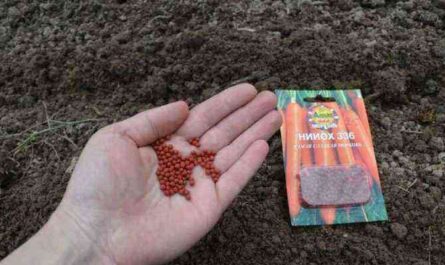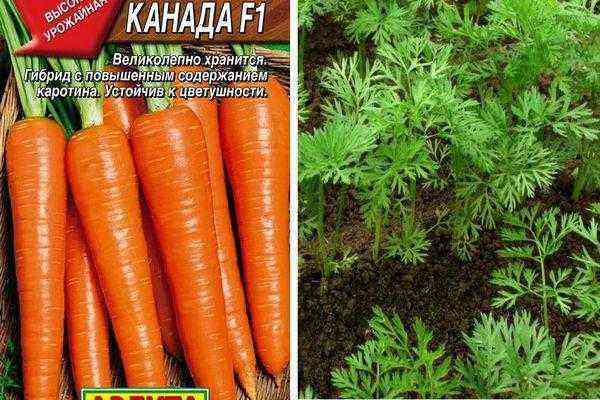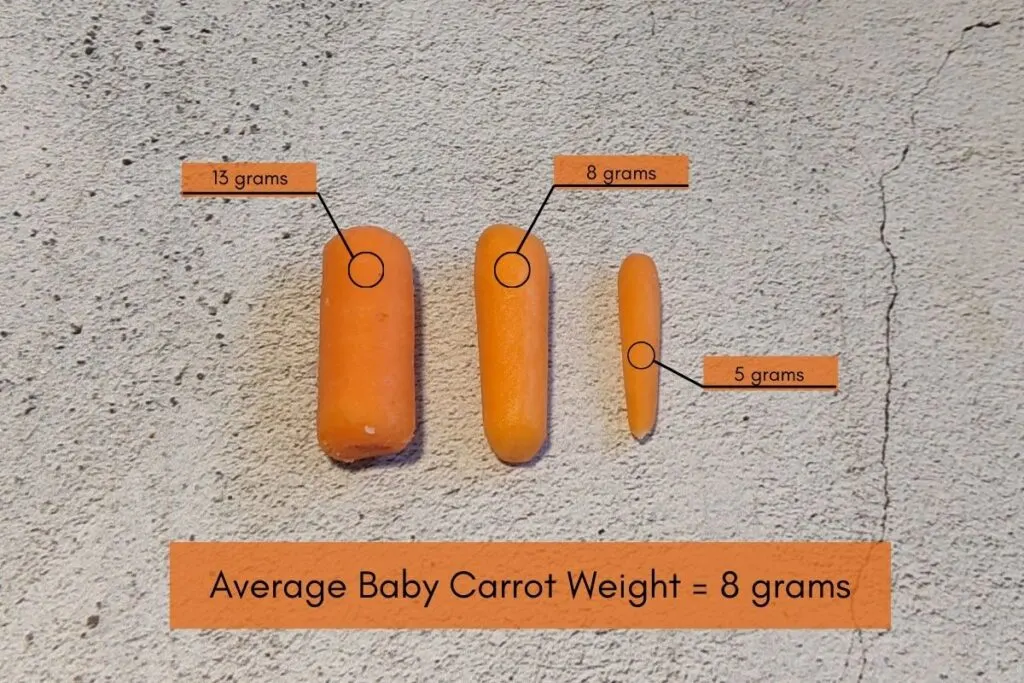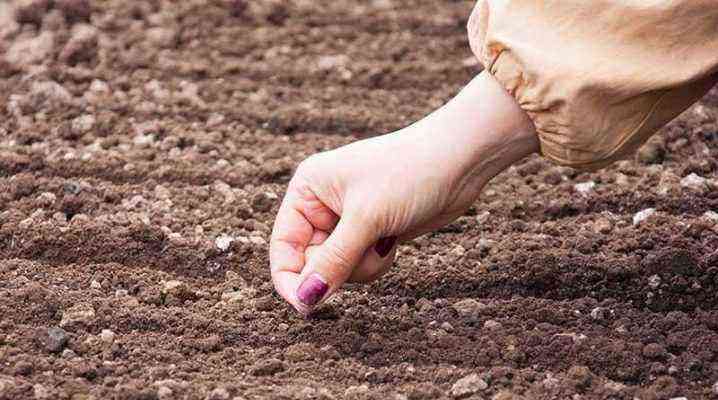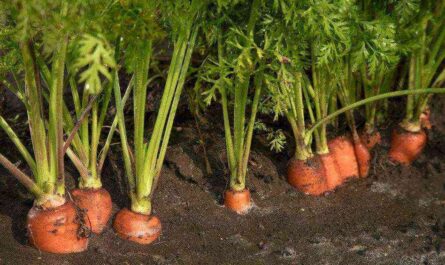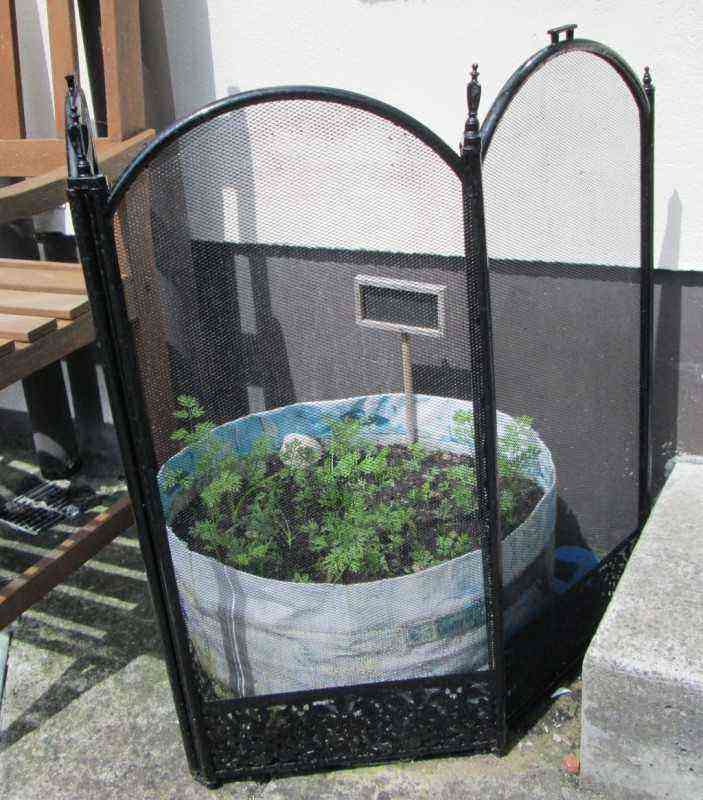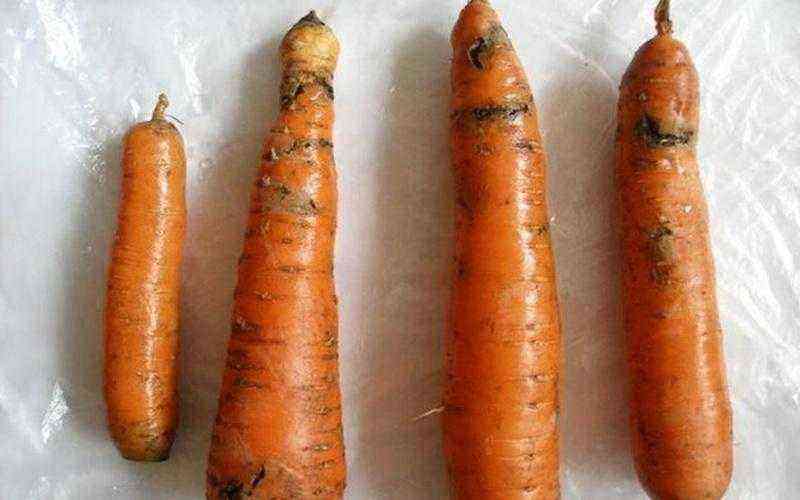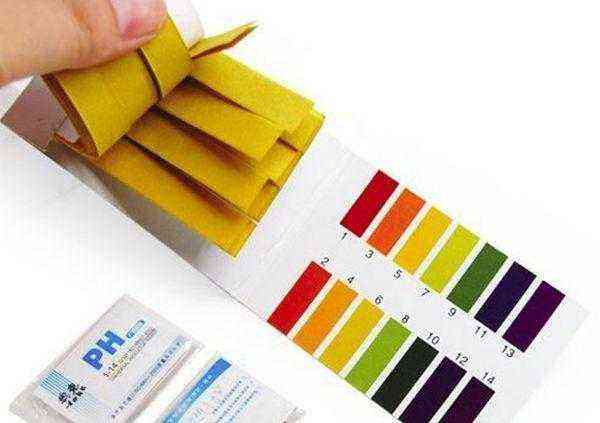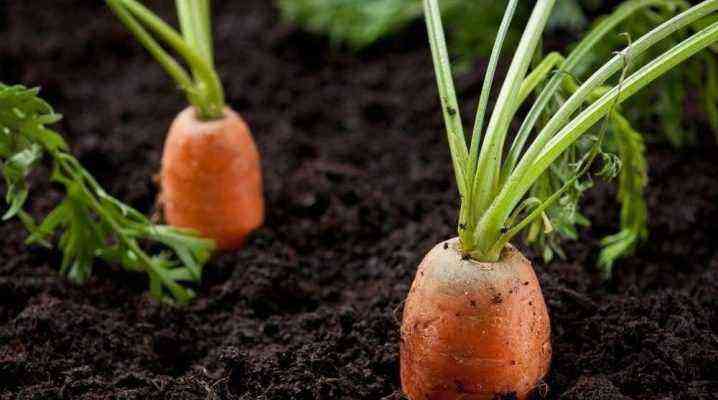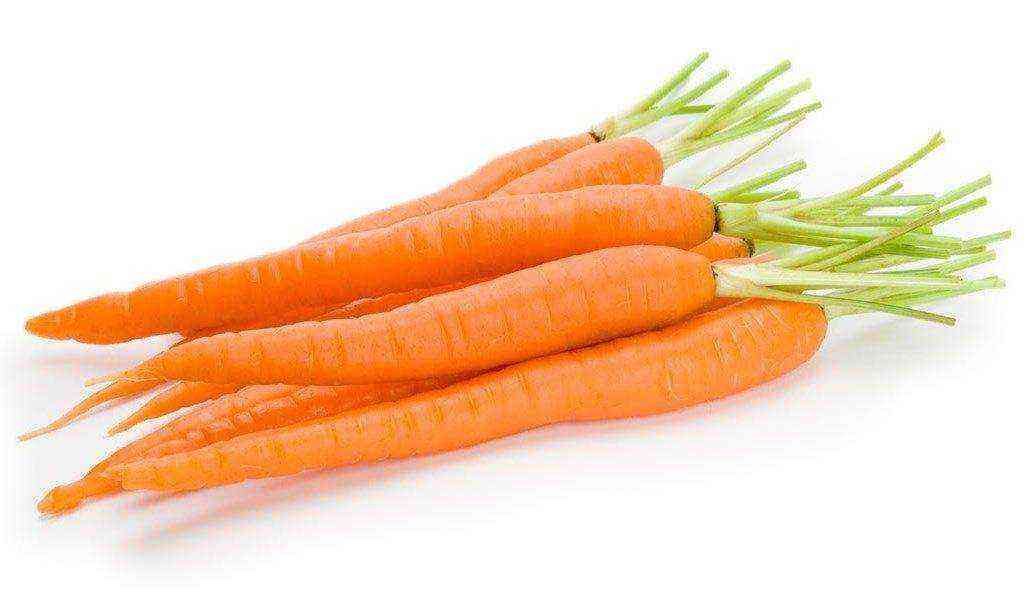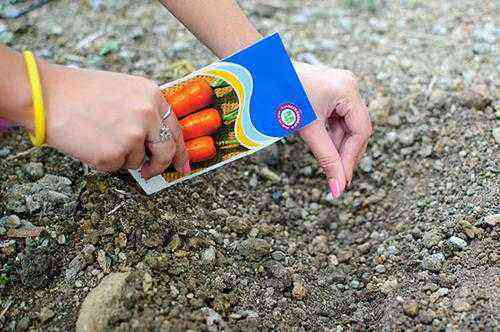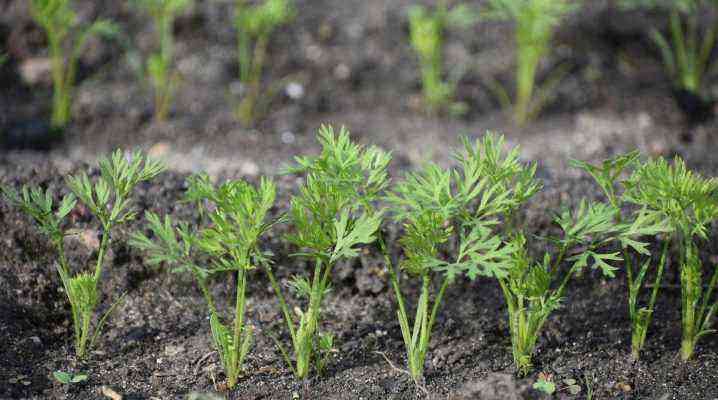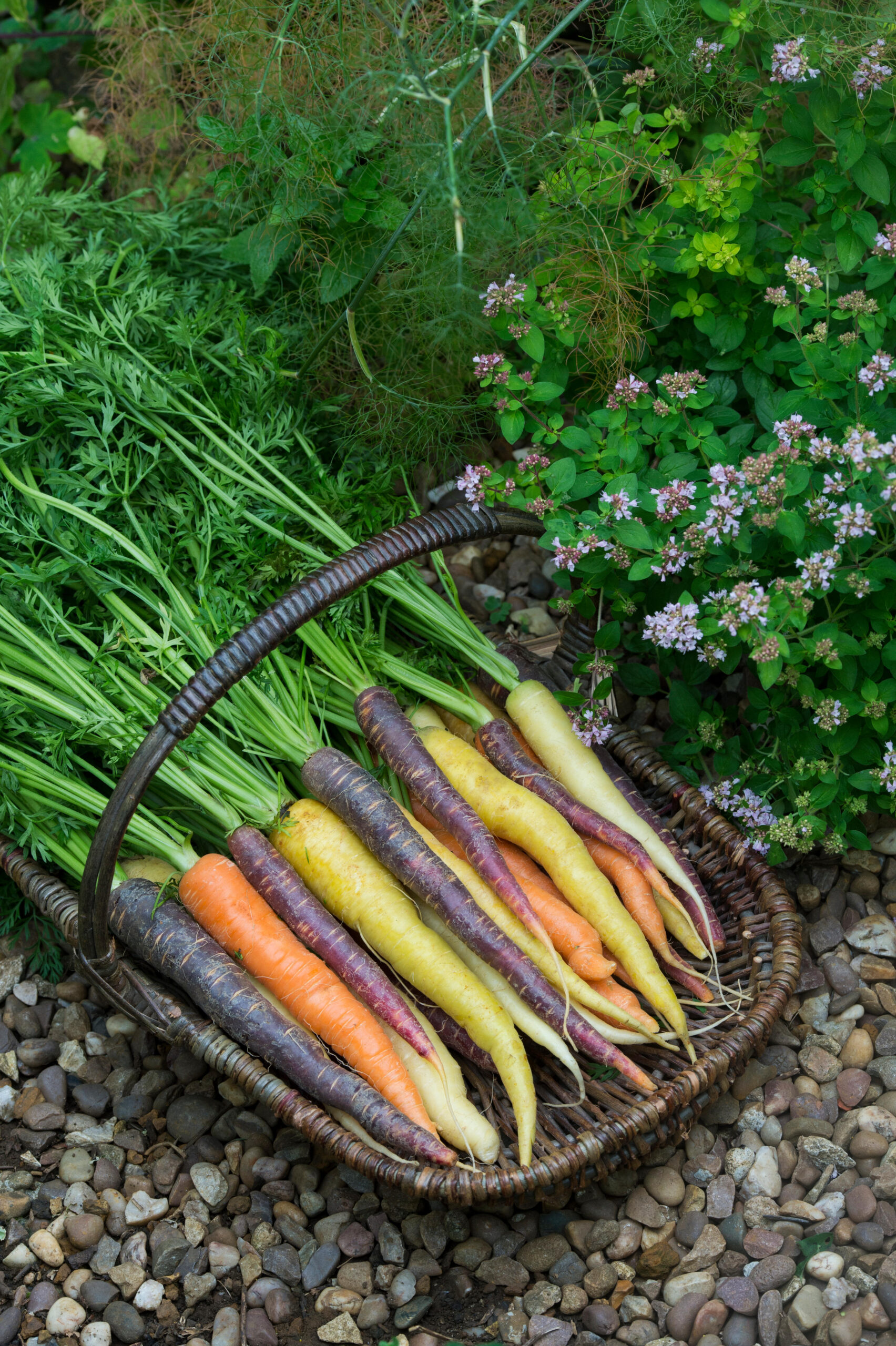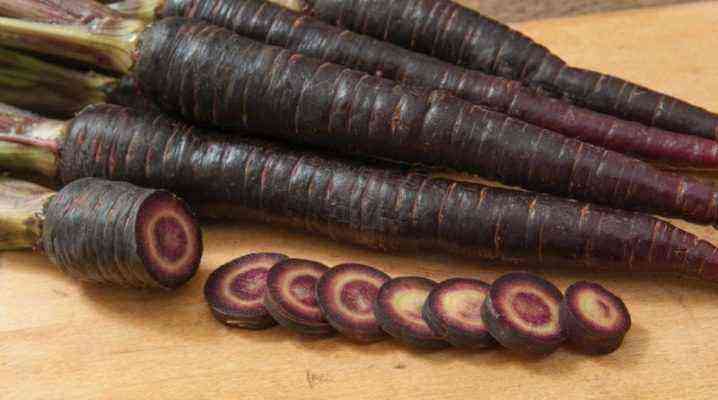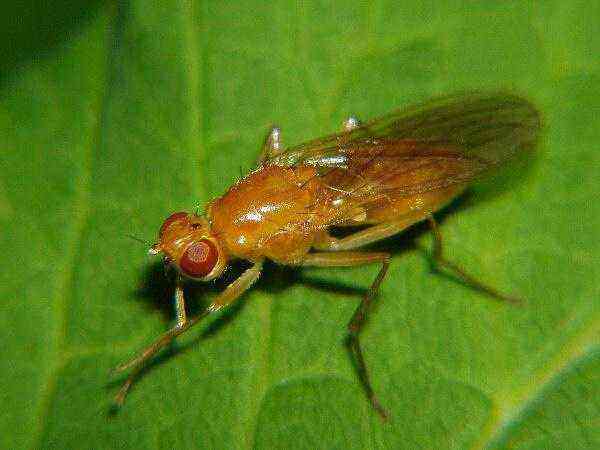
We are used to the fact that only orange carrots grow in the garden, and not, say, purple ones. But why? Let’s find out what role selection played in this phenomenon, what kind of ancestors our favorite vegetable had, and also what natural dye gives carrots an orange color.

Vegetable ancestors and selection
It is generally accepted that garden plants are the result of the cultivation of their wild ancestors. Does this mean that modern carrots are a direct descendant of wild ones? But no! Surprisingly, wild and domestic carrots are not relatives, root crops belong to different species. Even today, scientists have not been able to develop an edible carrot from wild carrots. The ancestor of the domestic carrot is still unknown. But we know the history of root crop selection.
The first data on cultivation belong to the Eastern countries. Carrot cultivars were grown already 5000 years ago in Afghanistan, and in the north of Iran there is a valley with a telling name – the Carrot Field. Interestingly, carrots were originally grown for the fragrant leaves, not the root. And no wonder, because it was impossible to eat carrots – they were thin, hard and bitter.
Researchers distinguish two groups of domesticated carrots. The first, Asian, was cultivated around the Himalayas. The second, western, grew up in the Middle East and Turkey.
About 1100 years ago, as a result of a mutation of the western group of vegetables, purple and yellow carrots appeared.
These varieties were selected by farmers in the future.
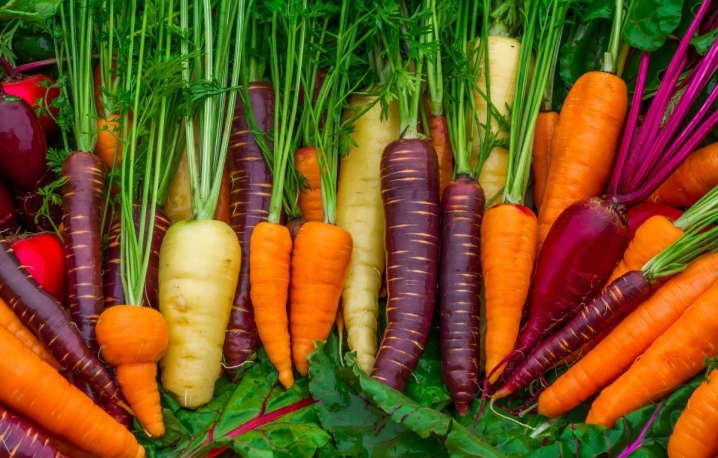
In the 10th century, Muslims, capturing new territories, planted it with plants new to the area, such as olives, pomegranates and carrots. The last one was white, red and yellow. These varieties began to spread throughout Europe.
It is also possible that Islamic traders brought orange carrots to Europe in the form of seeds. This happened 200 years before the uprising in the Netherlands, led by William of Orange, whose name will be associated with the appearance of the orange carrot.
One hypothesis says that orange carrots were bred by Dutch gardeners in the XNUMXth and XNUMXth centuries, and this was done in honor of the Orange Prince William.
The fact is that Duke William of Orange (1533-1594) led the Dutch uprising for independence from Spain. Wilhelm managed to invade even England, which was powerful at that time, changing it beyond recognition, and New York was called New Orange for a whole year after. Orange became the family color of the Orange family and the personification of faith and power for the Dutch.

There was an explosion of patriotism in the country. Citizens painted houses orange, built the castles of Oranievaud, Oranienstein, Oranienburg and Oranienbaum. Breeders did not stand aside and, as a token of gratitude for independence, they brought out the “royal” variety of carrots – orange. Soon, a delicacy of this particular color remained on the tables of Europe. In Russia, orange carrots appeared thanks to Peter I.
And although the theory of “Dutch breeders” is confirmed by the Dutch paintings with images of the royal variety, some data contradict it. So, in Spain, as early as the XNUMXth century, cases of growing orange and purple carrots were documented.
Everything could be easier.
It is likely that Dutch farmers selected orange carrots because of the adaptability of the variety to wet and mild weather and sweet taste. According to geneticists, the selection was accompanied by the activation of the beta-carotene accumulation gene in the fruit, which gives an orange color.
It was an accident, but the Dutch farmers willingly used it in a patriotic impulse.
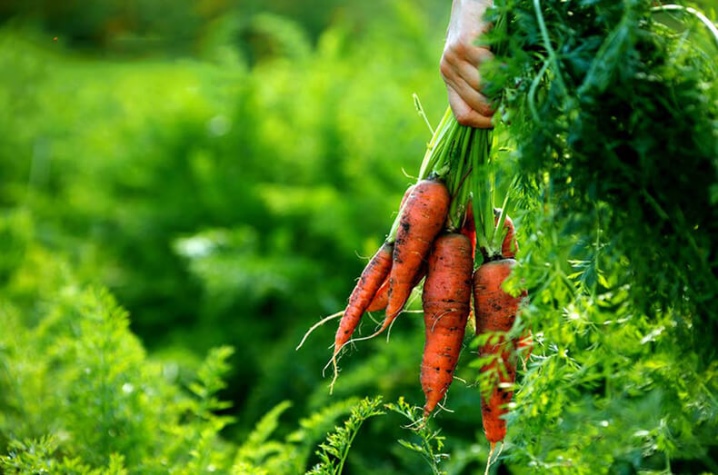
What natural dye gives orange color?
Orange color is the result of mixing white, yellow and purple varieties. The Dutch may have developed an orange root vegetable by crossing red and yellow carrots. Red was obtained by crossing white with purple, and mixing with yellow gave orange. To understand the mechanism, let’s look at what substances give plants color.
Plant cells contain:
carotenoids – substances of a fatty nature, giving red shades from purple to orange;
xanthophylls and lycopene – pigments of the carotenoid class, lycopene colors the watermelon red;
anthocyanins – blue and violet pigments of carbohydrate origin.
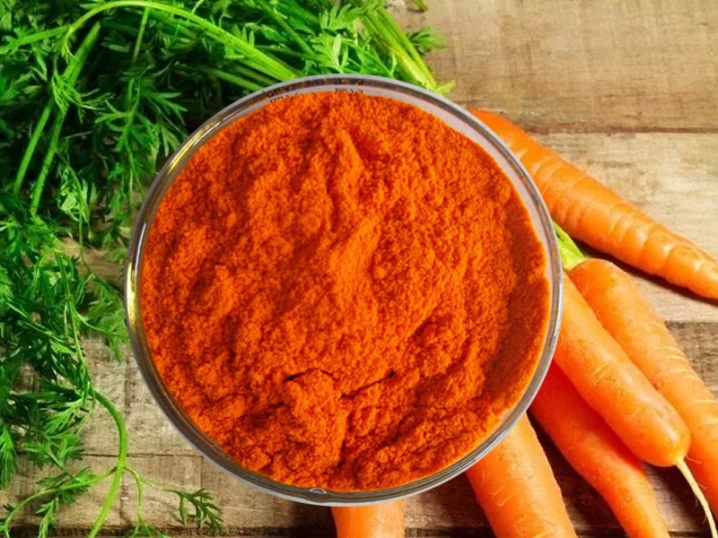
As already mentioned, carrots used to be white. But the white color is not due to pigments, but to their absence, like in albinos. The coloring of modern carrots is due to the high content of beta-carotene.
Plants need pigments for metabolism and photosynthesis. According to the idea of carrots underground, there is no need to have color, because light does not enter the ground.
But games with selection led to what we have now – a bright orange root crop is in any garden and on the shelves.
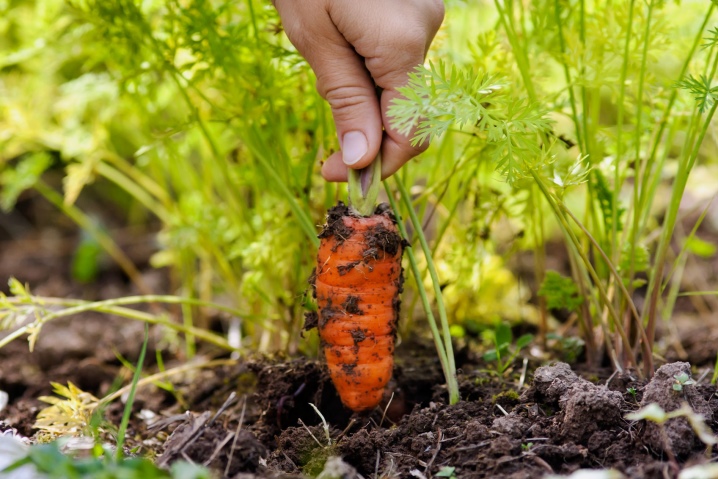
Differences from varieties of a different shade
Artificial selection has changed not only the color of the carrot, but also its shape, weight and taste. Remember we mentioned that carrots used to be grown for their leaves? Thousands of years ago, the vegetable was white, thin, asymmetrical and tough, like a tree. But among the bitter and small roots, the villagers found something larger and sweeter, they were also put off for planting in the next season.
The root crop more and more adapted to harsh climatic conditions. Yellow, red specimens differed in chemical composition from the pale wild ancestor. The accumulation of carotenoids was accompanied by the loss of some of the essential oils, which made the vegetable much sweeter.
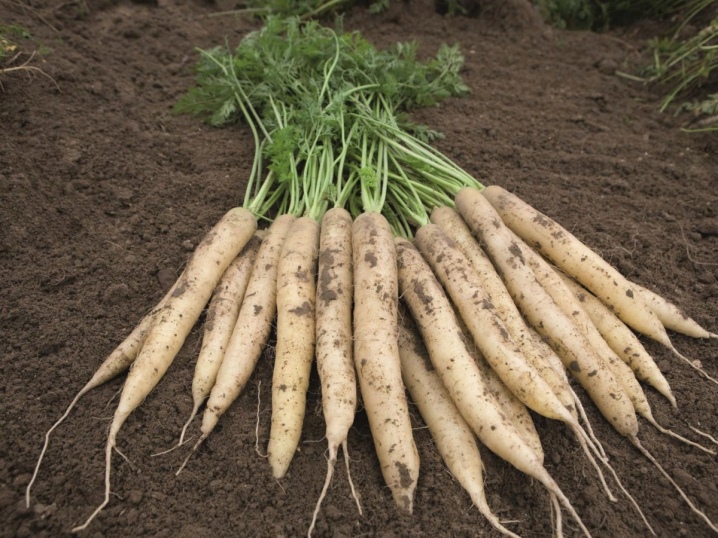
So, a man, wanting to eat more and tastier, changed the plants around him beyond recognition. Show us now the wild ancestors of our fruits and vegetables, we would wince.
Thanks to selection, we have a choice of what to treat ourselves to for dinner.. You come to such amazing conclusions by asking a simple, seemingly “childish” question, and they are the most profound and interesting.
